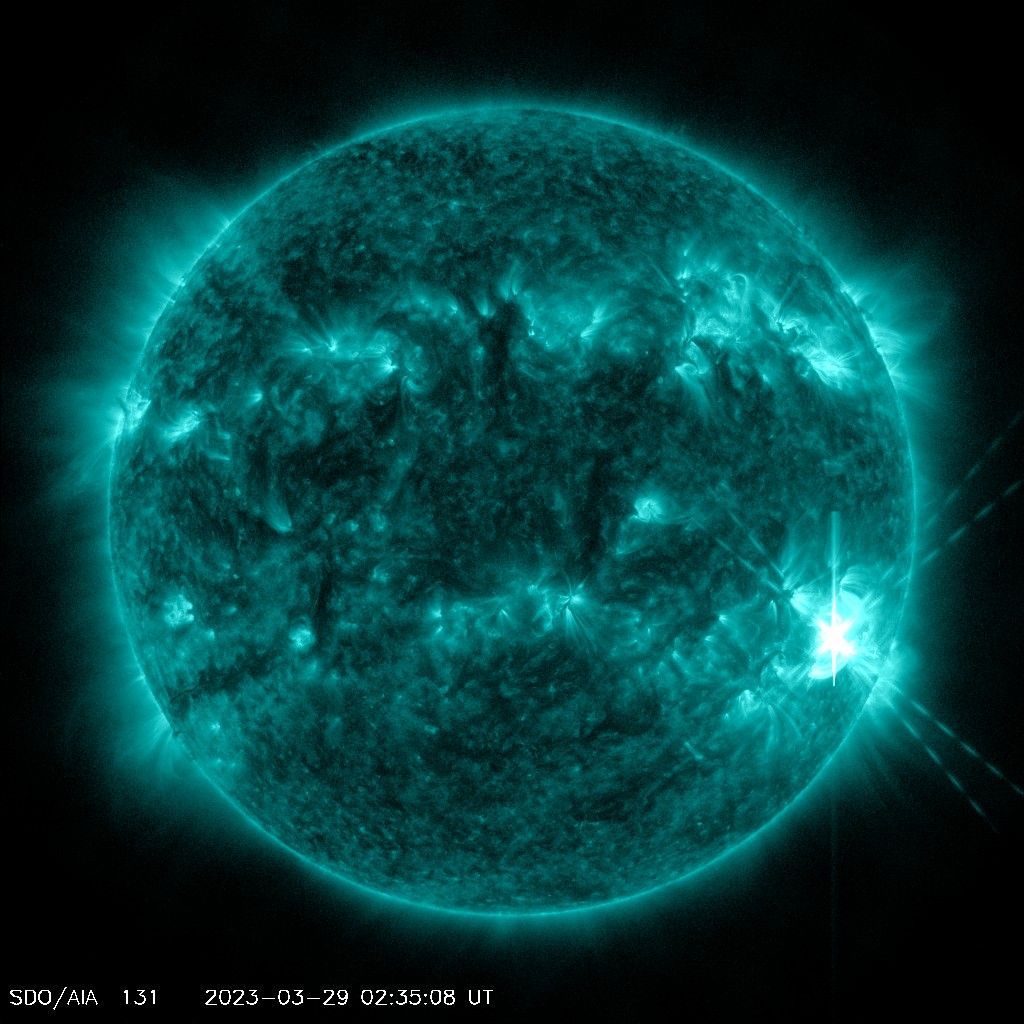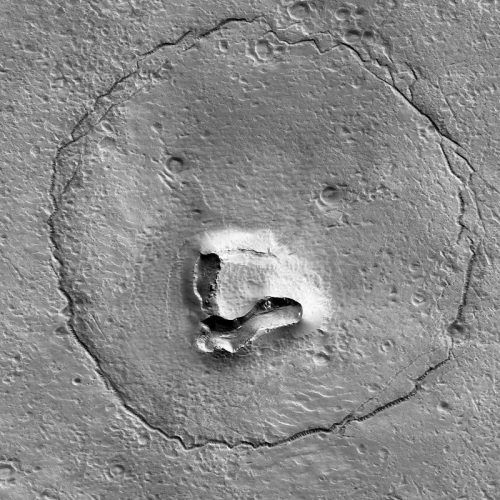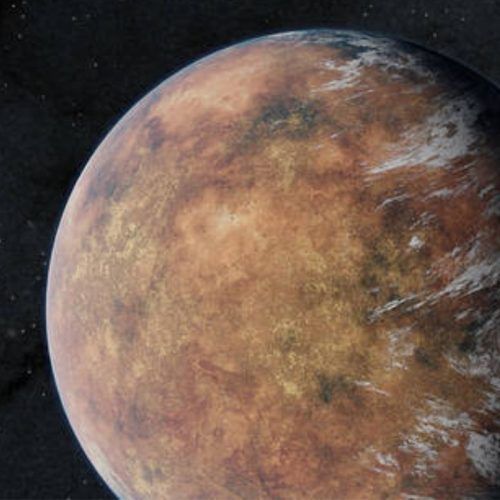NASA has revealed that the Sun emitted a strong solar storm which has hit Earth.
Also known as a solar flare, it is the seventh one to hit our planet this year and has been classified as X1.2. Here, the X-class denotes the most intense flares, while the number provides additional information about its strength. The entire flare was captured by NASA’s Solar Dynamics Observatory, which observes the Sun 24×7.
Watch this giant solar tornado tear across the surface of the sun ⬇️https://t.co/svzeSVXVuJ pic.twitter.com/C2Ek7jpWEb
— SPACE.com (@SPACEdotcom) March 31, 2023
The observatory revealed that the solar storm peaked at 10:33 pm ET on March 28 and ionised the top layer of the Earth’s atmosphere. This affected radio communications across southeast Asia, Australia and New Zealand for about an hour, according to a report on Space.com
What are solar storms?
Solar storms or solar flares occur when there is a sudden and large release of plasma and magnetic fields from the Sun’s corona, which is the outermost layer of the star’s atmosphere. These eruptions are called coronal mass ejections (CMEs), and they can travel at speeds of several million miles per hour. When these eruptions reach the Earth, they interact with the planet’s magnetic field, causing it to vibrate and produce electromagnetic waves. These waves can induce electric currents in power lines, disrupt radio and satellite communication and create auroras. Although these flares are a natural phenomenon, they can have a significant impact on modern technology and infrastructure.

NASA has established an international team of researchers at the Frontier Development Lab to assist in preparing for future solar flares. This team employs artificial intelligence (AI) to search for correlations between the solar wind and geomagnetic disruptions that lead to technology disturbances. The AI technique utilized by the team is referred to as “deep learning,” which trains computers to recognize patterns by studying previous examples. They used this AI approach to establish connections between solar wind measurements obtained from heliophysics missions such as ACE, Wind, IMP-8, and Geotail, and the geomagnetic perturbations detected at ground stations across the planet.

The Truth Behind NASA Orbiter’s Latest ‘Teddy Bear’ Image From Mars

How do solar storms or solar flares affect our health?
Normally, solar storms and solar eruptions impact radio communications, electric power grids and navigation signals, while also posing a significant risk to spacecrafts and astronauts.
However, a bunch of health issues can also arise due to changes in the solar environment. “Disturbed geomagnetic activity can also exacerbate existing diseases and is correlated with significant increases in cardiac arrhythmia, cardiovascular disease, the incidence of myocardial infarction-related death, alterations in blood flow, increased blood pressure, and epileptic seizures,” a study suggests.
This means that, while a solar flare is usually not alarming or dangerous for our health, it’s nevertheless advisable to exercise caution.
(Hero and feature image credit: Courtesy Unsplash and Pexels/NASA and ZCH)
Frequently Asked Questions (FAQs)
Answer: While Earth's magnetic field prevents widespread death from solar radiation, the sheer electromagnetic power of a flare could disrupt power grids, internet connections and other communication devices.
Answer: According to a study, solar storms powerful enough to wreak havoc on electronic equipment strike Earth every 25 years.
Answer: According to a study, extreme solar storms can cause disturbed geomagnetic activity which has a correlation with significant increases in cardiac arrhythmia, cardiovascular disease, myocardial infarction-related deaths, alterations in blood flow, increased blood pressure, and epileptic seizures
Sanika Achrekar












